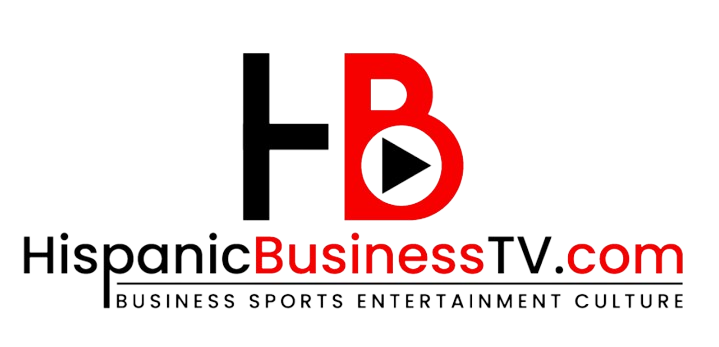In a cave that hardly a soul had entered in 500 years, two cave dwellers discovered 14 exquisite artifacts from an ancient but under-recorded Mexican culture.
After two cave explorers tipped off archaeologists from the National Institute of Anthropology and History (INAH), they were astounded to discover 14 artifacts in Tlayócoc cave in the Guerrero mountains in Mexico.
The decorative motifs, along with the placement of large rings around phallic stalagmites, led archaeologists to believe that the Tlacotepehua culture used them in fertility rituals.
The cave’s closed environment kept humidity levels stable, which preserved these ancient objects in excellent condition for centuries.
As the elusive culture left little behind for archaeologists to glean any concrete information about it, the discovery at Tlayócoc cave has opened up a new and groundbreaking window into the customs of a pre-Hispanic Mexican culture.
Rare artifacts in a hard-to-reach cave
In September 2023, a local guide, Adrián Beltrán Dimas, teamed up with Russian speleologist Yekaterina Katiya Pavlova to explore Tlayócoc cave in the Guerrero mountains.
A low rock ceiling impeded their ability to continue after a descent that included a dive into shallow waters. Instead, they decided to look around for three staggering shell bracelets, possibly made from the Triplofusus giganteus shell.
They reported these findings and more to experts from the National Institute of Anthropology and History (INAH). These archaeologists set out for quite an adventure themselves.
A press release continued that the path to Tlayócoc presented numerous obstacles, such as the possibility of encountering snakes and pumas.
Practically no one had ever stepped foot into the cave, necessitating Adrián Beltrán’s accompanying them on their journey.
Once inside, experts examined not only three shell bracelets, a fragment of a mollusc bracelet, a giant decorated conch, and a piece of carbonized wood but also a variety of discs and sediment samples.
The placement of the shell rings on phallic rock formations and their association with the womb and underworld in pre-Hispanic cultures led experts to conclude that this culture used them in fertility rituals.

Rare artifacts from a little-known Mexican culture
In studying the iconography, they identified representations of beads. “S-shaped” symbols known as xonecuilli, which in ancient Nahuatl means “crooked foot,” referred to the planet Venus. But that pertains more closely to the stars and measurement of time. Furthermore, figures in profile possibly represented the God of creation, Quetzalcoatl.
With a high probability, archaeologists could date the artifacts to the Postclassic period, somewhere between 950 and 1521 AD, and that they were crafted and used by the Tlacotepehua culture, according to expert archaeologists.
“It was a branch of the Tepuztecs, an ancient group that lived in the mountains and dedicated itself to working with metals, hence its name, tepuztli. They established their capital in Tlacotepec, a municipality that still exists and has its antecedents in these towns, so the temporality of the findings coincides with what the historical sources narrate,” lead archaeologist Pérez Negrete explained in a press release.
As little information exists about the Tlacotepehua culture, archaeologists noted the particular significance of the chance discovery in the cave.
Participating in community meetings and creating supporting organizations are now teaming up with locals to ensure the preservation and safekeeping of these precious relics from Mexican pre-Hispanic history.











